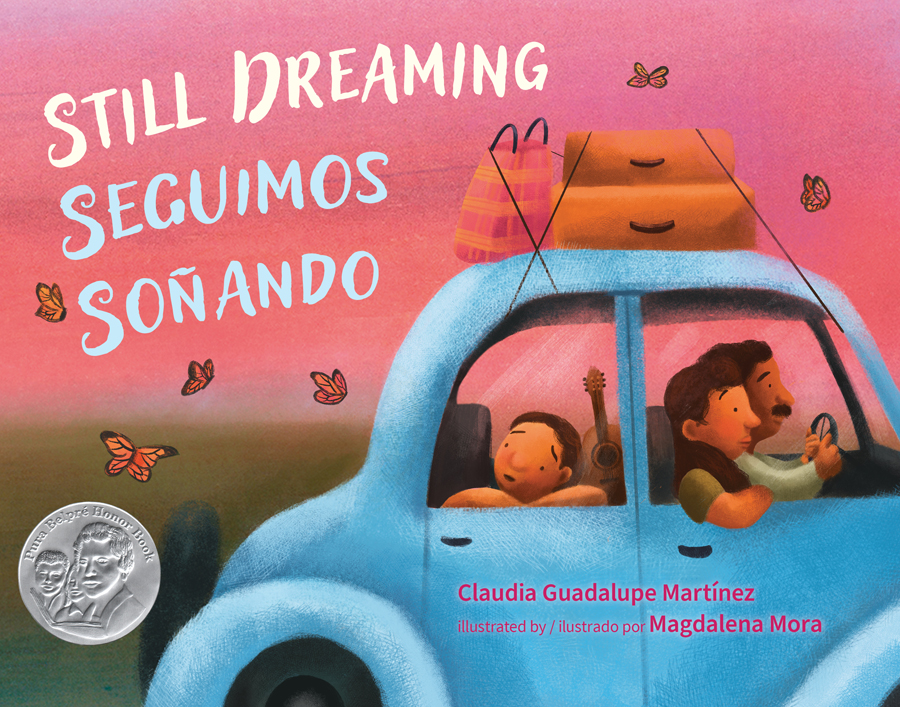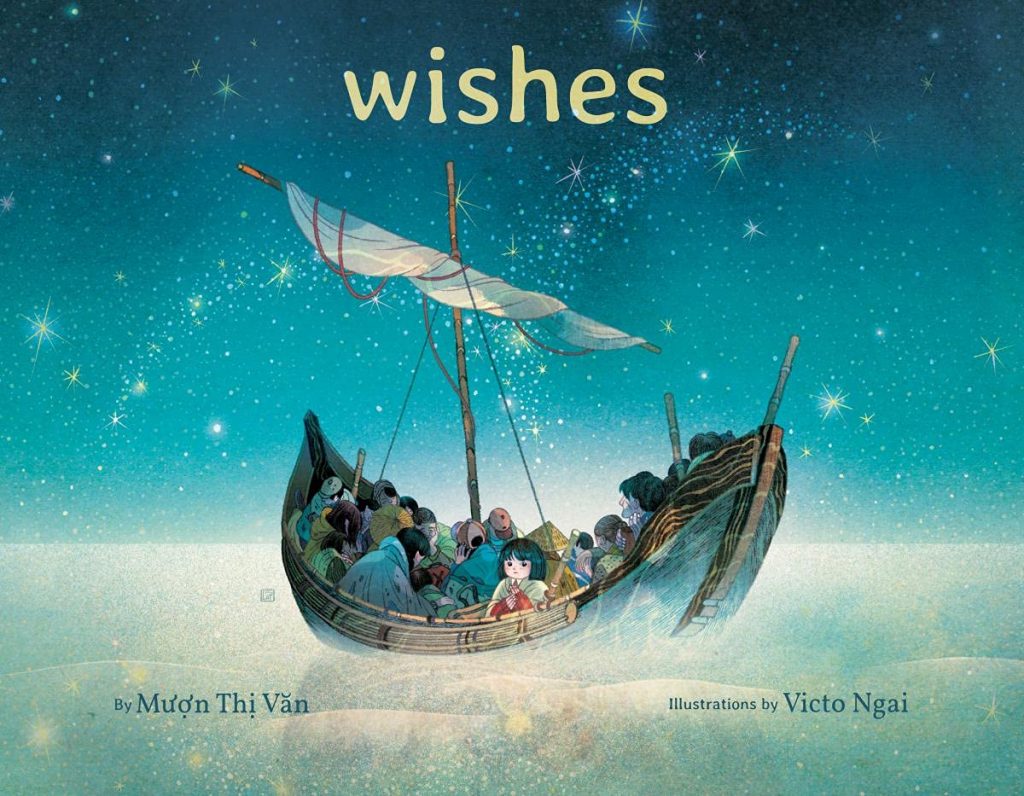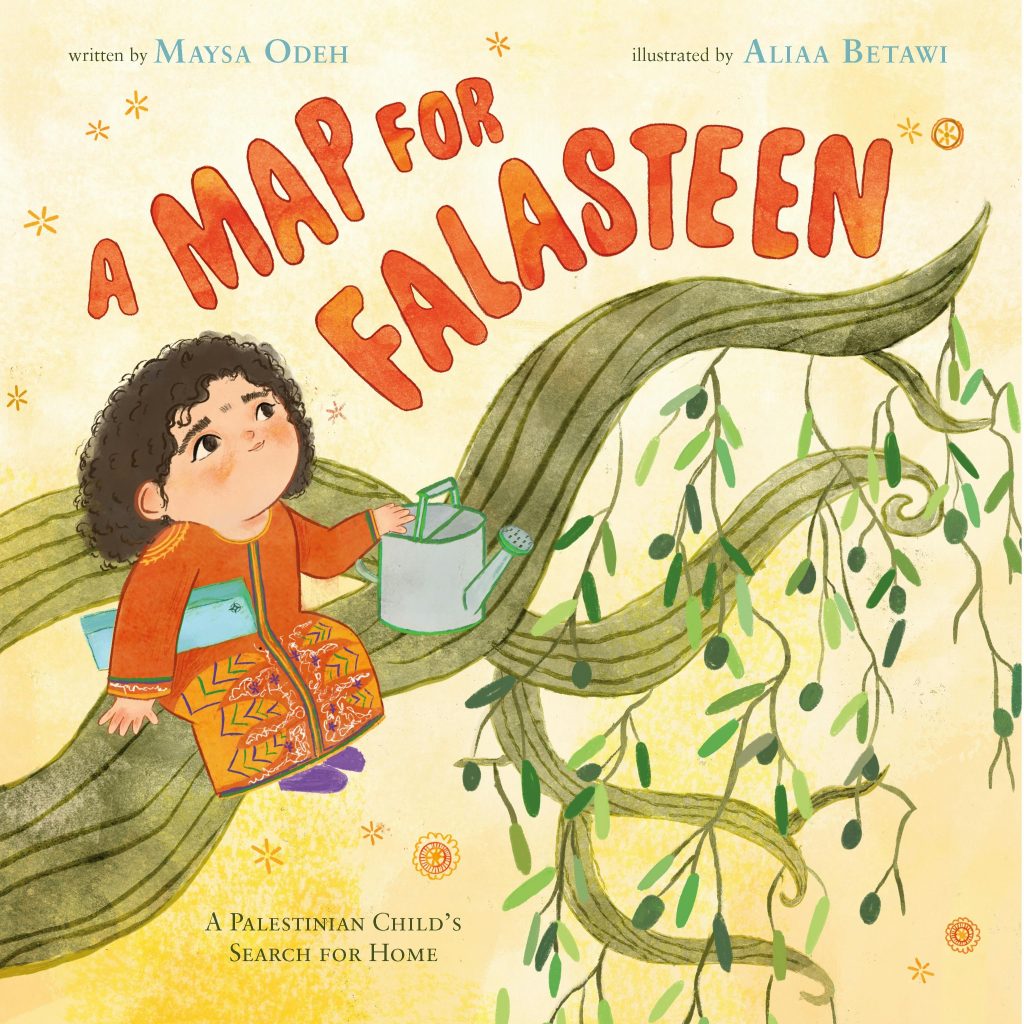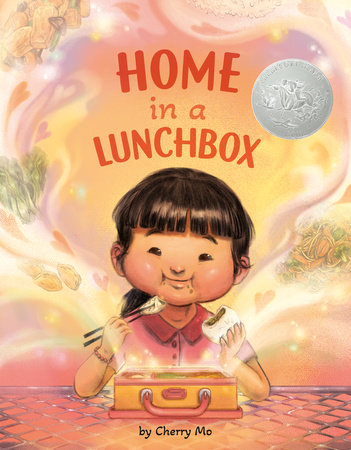By Jeanne Gilliam Fain, Lipscomb University, Nashville, TN
 One line of inquiry I grapple with daily is how to think about inserting global books into elementary classrooms with scripted curriculum. When I started this work, I immediately assumed the books from the scripted curriculum were low quality books. I then took the opportunity to really study the books and discovered that these books are award-winning global titles many of us know and love deeply such as Grandfather’s Journey (Say, 1994), Coming to America: The Story of Immigration (Maestro, 1996), Tea with Milk (Say, 2009), Keeping Quilt (Polacco, 1988) and Family Picture (Carmen Lomas Garza, 2005). I have the personal bias of embracing current books with enthusiasm and often letting go of books that age well. One of the real problems that we (I work with many wonderful teachers in Nashville) encounter is that many of the books in the curriculum are around 30 years old. Today, although there is still work to do with inclusivity in children’s literature publishing, there are so many new voices and perspectives that were missing thirty years ago.
One line of inquiry I grapple with daily is how to think about inserting global books into elementary classrooms with scripted curriculum. When I started this work, I immediately assumed the books from the scripted curriculum were low quality books. I then took the opportunity to really study the books and discovered that these books are award-winning global titles many of us know and love deeply such as Grandfather’s Journey (Say, 1994), Coming to America: The Story of Immigration (Maestro, 1996), Tea with Milk (Say, 2009), Keeping Quilt (Polacco, 1988) and Family Picture (Carmen Lomas Garza, 2005). I have the personal bias of embracing current books with enthusiasm and often letting go of books that age well. One of the real problems that we (I work with many wonderful teachers in Nashville) encounter is that many of the books in the curriculum are around 30 years old. Today, although there is still work to do with inclusivity in children’s literature publishing, there are so many new voices and perspectives that were missing thirty years ago.
Grappling with Scripted Reading Programs
As scripted programs and curricula expand in schools, the need for teachers who can thoughtfully evaluate and carefully select texts that work for their students is crucial. Elementary students come to classrooms with diverse needs, backgrounds, cultures and interests that are often a poor match for one-size-fits-all book titles. When teachers make an intentional effort to use children’s literature featuring global populations in the classroom and use it in powerful and comprehensible ways, both teachers and children can be reinspired and motivated as readers.
I draw upon the work and book criteria of the International Literacy Association’s Notable Books for a Global Society when I refer to global texts. State education preparation providers often ask teachers to shift away from using books that they feel meet the needs of the learners in front of them. Candidates are required to use high quality instructional materials deemed as valuable by the state instead of providing teachers with the agency to develop their own lesson. This shift takes the agency away from teachers, who really know the cultural and linguistic diversity of the students in their classrooms. Classroom teachers genuinely want options from the books that come with the scripted curriculum. They are genuinely concerned about the missing voices in children’s literature.
Suggestions for Inserting Global Texts into the Classroom
Some ways that teachers can work to insert these global books into the curriculum while navigating a scripted curriculum are as follows (Fain, 2024):
- Many teachers build in time for social and emotional learning and adding a global text to this time shows students that their culture, language, and perspectives are worthy of being honored and included within the literacy curriculum.
- Using global books during morning meeting can be another option. Many global books speak to current sociopolitical issues that could be easily integrated during this time.
- Teachers can strategically use global books for comprehension instruction within reading intervention and small group instruction blocks.
- Teachers in the arts and in additional curricular areas can bring them in as they relate to topics, they are exploring.
- And in some cases, teachers have been able to advocate for themselves and substitute current global texts for texts that are currently part of a scripted curriculum. Teachers created a rational for doing this and used the appropriate channels as they made these changes under a scripted curriculum.
 A Visual Analysis of Elements in Immigration Journey Picturebooks
A Visual Analysis of Elements in Immigration Journey Picturebooks
An inquiry group comprised of undergraduate researchers (Hallet, S.; Diaz, E.; Sutton, E.; Perry, A., Sanders, S.) and my colleague, Duncan, S. (2023), and I decided to study the visual aspects of the older books mentioned earlier in this blog alongside more current immigration book titles. Our research team critically examined four elementary picture books with a focus on themes of language, and power during an immigration journey. We analyzed two books (Grandfather’s Journey & Tea with Milk by Allen Say) from a scripted curriculum’s immigration journey and two current immigration picturebooks (Wishes by Van, M.T, 2021 & Still Dreaming/Seguimos Sonando by Martinez, C.G. (2022)). We researched the shared characteristics across the text sets while exploring the visual elements as part of a visual analysis. The immigration journey within the books includes beginnings, the act of preparing to leave behind, crossing the border, arriving in a new place, and transitioning to a new place/location. We used social relations techniques (Painter, Martin, & Unsworth, 2013) and picturebook codes (Moebius, 1986, Serafini, 2014) for the visual analysis.
Our findings led us to think about how the older books from the scripted curriculum focused on adjusting to a new home, journeys for family or to see the world, and the real challenges of isolation and adjustment. The newer immigration picturebooks focused on the actual journey and the act of leaving within an immigration journey. Fear and anxiety are prevalent themes in these books. Both sets of books examine the hope for the future, loneliness and the real struggle to find and adjust to home. Our research team presented our work at the Georgia Conference on Children’s Literature which led us to share our work with Michelle Fuentes from Lee and Low and they developed a bibliography of immigration books to use with teachers.
Read the bibliography of immigration books here.
 New Immigration Books to Add to your Reading List
New Immigration Books to Add to your Reading List
I am the current chair of the 2025 Notable Books for a Global Society (NBGS). The 2025 NBGS committee, my committee colleagues and I generated a new list of NBGS books.
View the PDF for the Notable Books for a Global Society Award 2025 List of Winners
There are several 2024 books about the immigrant experience that would be important to read as educators consider expanding their collections of global literature. New 2024 NBGS titles include:
- A Map for Falasteen by Maysa Odeh
- A Two Placed Heart by Nguyen, D.P.
- Barrio Rising: The Protest that Built Chicano Park by Maria Dolores Aguila
- Everything We Never Had by Randy Ribay
- Home in a Lunchbox by Cherry Mo
- Kareen Between by Shifa Saltagi Safadi
- My Name is Long as a River by Suma Subramaniam
- The Rock in My Throat by Kao Kalia Yang
It’s critical that educators continue to carefully study and select global books that honor the voices of all learners in the elementary classroom. Resources such as World of Words and NBGS are professional supports that educators can lean into and utilize when it truly seems challenging to expand the use of global books in today’s times.
References
Lamme, L.L., Fu, D., Lowery, R.M., (2004). Immigrants as Portrayed in Children’s Picture Books. The Social Studies. 95. (3). 123-130.
Fain, J.G. (2024). Teaching in the Cracks: Using the Three Lenses Framework to Promote Comprehension and Critical Engagement with Global Texts. The Reading Teacher, 77, 508-511.
Martinez, C.G. (2022). Still Dreaming/Seguimos Sonando. (Mora, M. illus.) Lee and Low.
Moebius, W. (1986). An Introduction to Picturebook Codes. Word & Image, 2(2), 141-158.
Painter, C., Martin, J.R. and Unsworth, L. (2013) Reading Visual Narratives: Image Analysis of Children’s Picture Books. Equinox, London.
Say, A. (1993). Grandfather’s Journey. Scholastic.
Say, A. (2009). Tea with Milk. Clarion Books.
Serafini F. (2014). Reading the Visual: An Introduction to Teaching Multimodal Literacy. Teachers College Press.
Van, M.T. (2021). Wishes. (Ngai, V. illus.) Scholastic.
Vasquez, V.M., Janks, H., Comber, B. (2019). Critical Literacy as a Way of Being and Doing. Language Arts. 96, 5, 300-311.
WOW Currents is a space to talk about forward-thinking trends in global children’s and adolescent literature and how we use that literature with students. “Currents” is a play on words for trends and timeliness and the way we talk about social media. We encourage you to participate by leaving comments and sharing this post with your peers. To view our complete offerings of WOW Currents, please visit its archival stream.
- Themes: global books, Jeanne Gilliam Fain
- Descriptors: Books & Resources, WOW Currents

